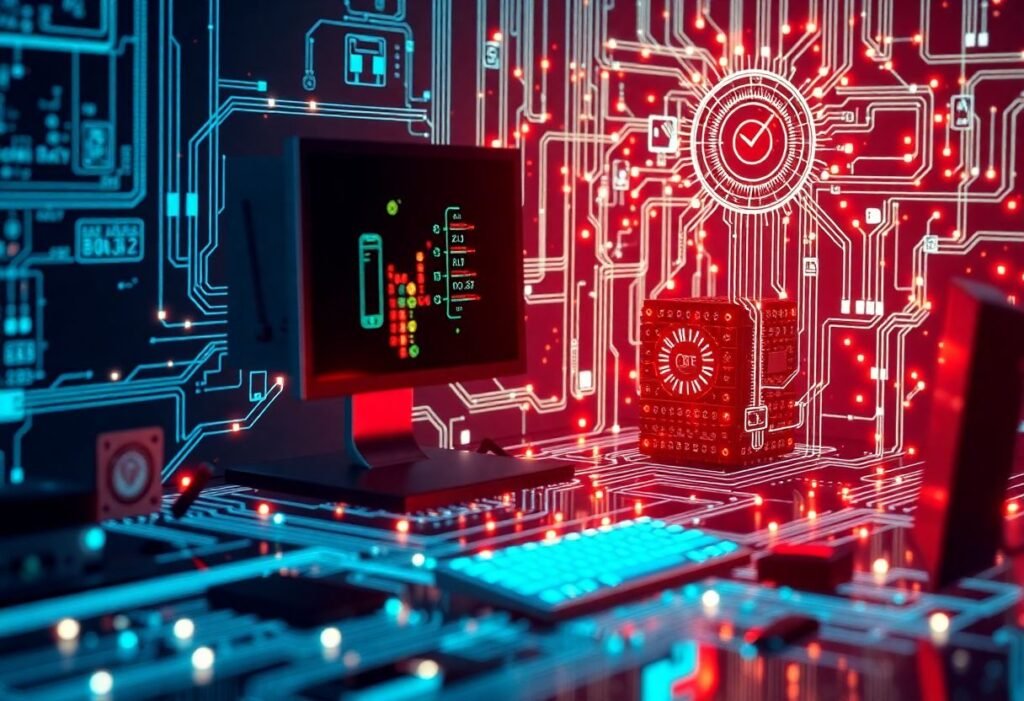The Internet of Things (IoT) is transforming consumer electronics by enhancing connectivity and functionality. As innovative technologies evolve, the integration of IoT in everyday devices is streamlining user experiences and improving efficiency.
The Rise of Smart Devices in Consumer Electronics
The trend towards smart devices is reshaping the landscape of consumer electronics. From smart TVs to intelligent appliances, the IoT has facilitated a new level of interconnectivity, allowing devices to communicate and operate cohesively. This innovation enhances user convenience and allows for better control over home environments. For instance, smart thermostats can learn user habits and adjust heating and cooling settings autonomously, contributing to energy efficiency and reducing costs.
Enhanced User Experience through IoT Integration
The integration of IoT technology in consumer electronics significantly enhances user experience. With devices becoming increasingly user-centric, personalized interactions are now possible. For example, fitness trackers use IoT to gather data about user activity, providing tailored recommendations for health and wellness. This personalization not only motivates users to achieve their goals but also creates a deeper connection between consumers and their devices.
Data-Driven Insights for Consumers
IoT in consumer electronics enables the collection of valuable data that can lead to informed decision-making. By analyzing usage patterns, manufacturers can enhance product features and provide updates that cater to consumer needs. For instance, smart home systems can track energy consumption and suggest optimizations, ultimately giving users insights into their habits and promoting sustainability.
Challenges of IoT Adoption in Consumer Electronics
Despite its potential, the adoption of IoT in consumer electronics is not without challenges. Concerns about data privacy and security are paramount, as more devices become interconnected. Consumers become vulnerable if their information is improperly managed, prompting calls for more robust security measures. Manufacturers must prioritize building secure systems to gain customer trust and facilitate wider IoT adoption.
The Future of IoT Innovations in Consumer Electronics
Looking ahead, the future of IoT innovations in consumer electronics appears promising. With advancements in artificial intelligence and machine learning, devices will become even smarter and more responsive. This evolution will likely lead to more intuitive user interfaces and functionalities that anticipate consumer needs. As a result, the future marketplace will showcase a plethora of interconnected devices designed to enrich daily lives further.
Conclusion: Embracing IoT in Consumer Electronics
The impact of IoT on consumer electronics is profound, spurring innovation and transforming user experiences. As technology continues to advance, embracing these innovations will be essential for consumers and manufacturers alike. The shift towards interconnectedness promises a future filled with efficiency, convenience, and enhanced living.
Disclaimer: This content is for informational purposes only and should not be construed as professional advice.





















